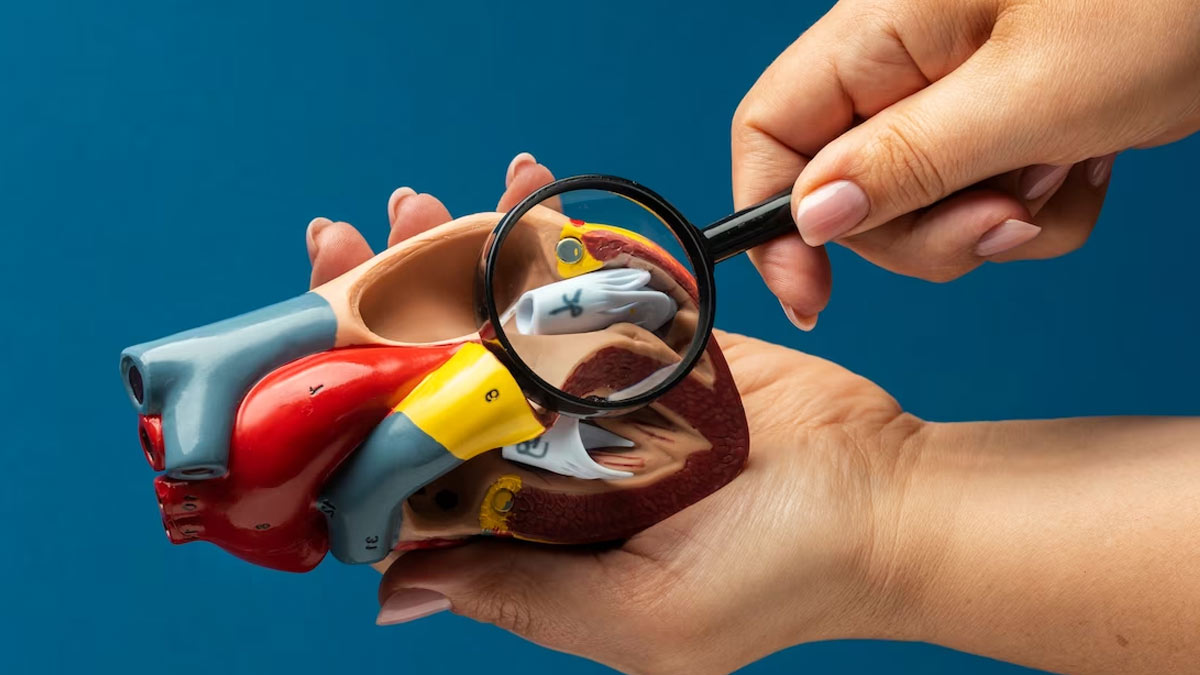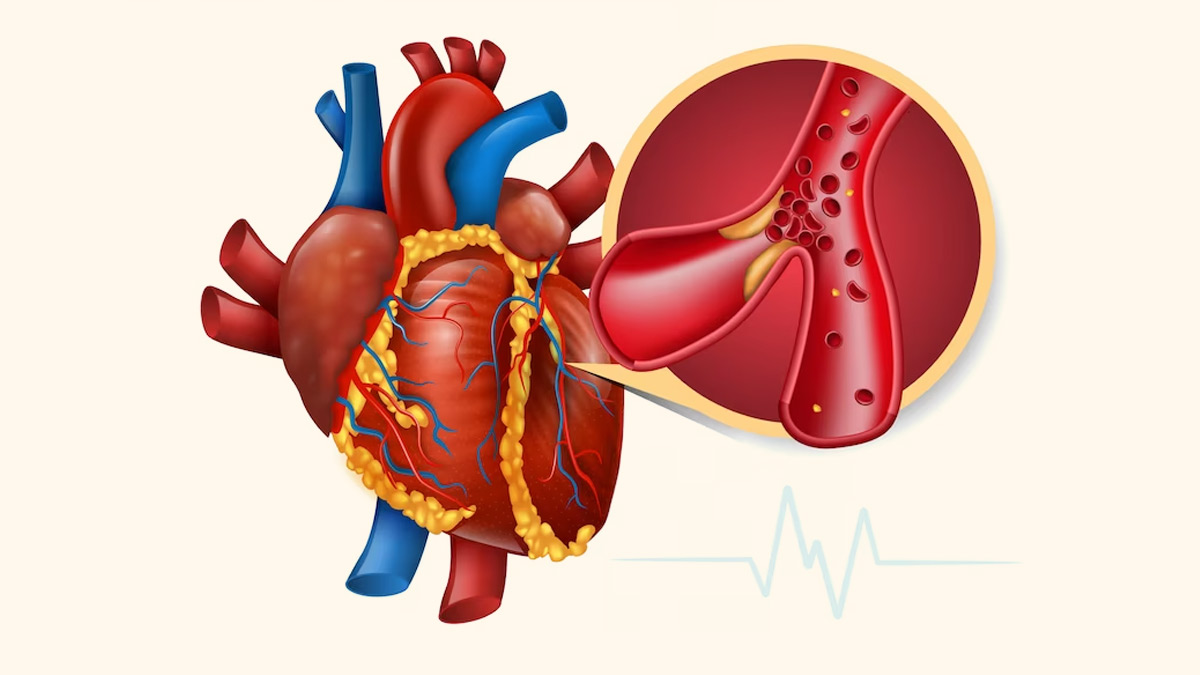
Heart valve replacement is a surgery to replace a damaged or diseased heart valve. In India, heart valve disease is the third leading cause of death, after heart attack and stroke. The most common type of heart valve to be replaced is the aortic valve, which is done to treat aortic stenosis, a narrowing of the aortic valve. The next commonest is the mitral valve commonly affected by Rheumatic Heart Disease.
Table of Content:-
According to the Indian Heart Association, heart valve disease affects about 10 million people in India. Heart valve replacement is a major surgery, but it can be a life-saving procedure for people with severe heart valve disease. With the current advances in technology and newer approaches of management namely minimally invasive and robotic cardiac surgery, the results are excellent with minimal morbidity.
Also read: Causes and Symptoms of Heart Valve Diseases
“There are two main types of heart valve replacements, first is open and minimally invasive. Open surgical heart valve replacement involves making a cut in the breast bone to access the heart. Minimally invasive heart valve replacement involves making smaller incisions in the chest without cutting through any bone or using a catheter to access the heart,” said Dr Sudarshan G T, Senior Consultant Minimally invasive Cardiac Surgeon, Fortis Hospital, Bannerghatta Road.
Types of procedure
- Open Surgical heart valve replacement- “It is the traditional method of replacing a heart valve. It involves making a cut in the midline measuring around 8-10 inches and then dividing the breastbone , to access the heart. The surgeon then removes the damaged or diseased valve and replaces it with a mechanical or biological valve,” surgeon explained.
- Minimally Invasive Heart Valve Replacement - “Minimally invasive heart valve replacement (MICS )is a newer technique that involves making smaller incisions around 2-3 inches in the chest usually to one side. This type of surgery is less invasive than traditional surgery, which can lead to a shorter recovery time and fewer complications like less bleeding and infections,” demonstrated Dr Sudharshan.

- Transcatheter valve procedures (TAVI)- TAVI is a minimally invasive procedure done in the cath lab wherein a catheter is inserted into a blood vessel in the leg and threaded to the heart. A new valve is then delivered through the catheter and placed at the aortic valve position. This procedure is indicated for those patients who are at a very high risk for surgical procedure.
Types of prosthetic heart valves
Mechanical valves are made of titanium and often last long. These are implanted generally in patients younger than 60yrs. However, they require patients to take blood thinners for life to prevent blood clots.

Biological valves are made from animal tissue, such as pig or cow heart valves. They have a limited durability of 10 -15 yrs and hence implanted generally in patients above 65-70 yrs. They do not require patients to take blood thinners.
Also read: True Story Of Valve Infection: 23-Year-Old Develops Blurred Vision, Undergoes Open Heart Surgery
Recovery
According to Dr Sudharshan, the recovery time for heart valve replacement surgery varies depending on the type of surgery that is performed. Open surgical heart valve replacement typically requires a longer recovery time (6-8 weeks ). “In general, you can expect to stay in the hospital for 5-7 days after surgical heart valve replacement. You will need to take it easy for several weeks after surgery and avoid strenuous activity,” Dr Sudarshan added further.
The recovery time for minimally invasive heart valve replacement is typically shorter (2-3 weeks). You can expect to stay in the hospital for 2-3 days after minimally invasive heart valve replacement. You will expect to recover faster with early return to work.
Also watch this video
Read Next
Struggling With Bad Breath After Brushing? Here's What Causes It And Remedies For Fresh Breath
How we keep this article up to date:
We work with experts and keep a close eye on the latest in health and wellness. Whenever there is a new research or helpful information, we update our articles with accurate and useful advice.
Current Version